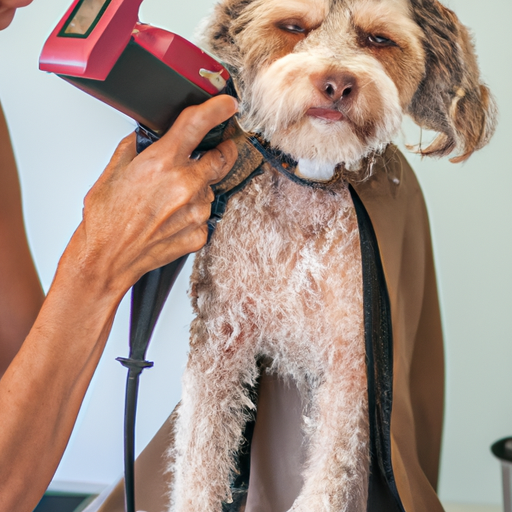Keeping Your Furry Friend Clean
As a caregiver, you’re well-versed in the importance of hygiene when it comes to those in your care. But did you know that this extends to your canine companion too? Just like us, our dogs need regular grooming to stay healthy and happy. One essential aspect of this is a procedure known as a “sanitary trim”.
The Importance of a Sanitary Trim
A sanitary trim, also referred to as a hygiene clip, is a grooming process that involves trimming the hair around a dog’s private areas, including their underside, around the tail and near the legs. The purpose? To keep your dog clean, prevent the accumulation of feces and urine, and reduce the risk of infections and skin issues.
Consider a fluffy dog breed like a Shih Tzu or a Poodle. Their long hair can easily trap dirt and waste, which can lead to discomfort, bad odors, and even health problems. That’s where a sanitary trim comes in handy.
Here’s what a sanitary trim can offer:
- Improved cleanliness and hygiene
- Reduced risk of infections and skin problems
- Decreased discomfort and itchiness
- Easier identification of potential health issues
When to Get a Sanitary Trim
So, when should your dog get a sanitary trim? It largely depends on the breed and hair length. Long-haired and medium-haired breeds typically require more frequent trims, approximately every 4-6 weeks. Short-haired breeds may only need a sanitary trim a few times a year.
Keep an eye on your dog’s behavior too. If they’re frequently scratching or biting at their rear, it might be time for a trim.
How to Do a Sanitary Trim at Home
While many choose to leave this delicate task to a professional groomer, it’s possible to do a sanitary trim at home if you’re comfortable and careful. Here are the steps:
- Carefully lift your dog’s tail and trim the hair around the anus using a pair of blunt-ended scissors. Always cut away from the body.
- Trim the hair on the belly and around the genitals. Be extremely careful to avoid nicks and cuts.
- Trim the hair between the back legs. This area is prone to matting and can trap urine and feces.
- Finish up with a thorough combing to remove any loose hair.
Remember, always prioritize your dog’s comfort and safety. If you’re unsure, it’s best to seek professional help.
FAQ Section
Q: What tools do I need for a sanitary trim?
A: You’ll need a pair of blunt-ended scissors, a comb, and a calm, patient demeanor.
Q: How often should I do a sanitary trim?
A: It depends on your dog’s breed and hair length. Long-haired breeds typically need a trim every 4-6 weeks. Short-haired breeds may only need it a few times a year.
Q: Can a sanitary trim hurt my dog?
A: If done properly and carefully, a sanitary trim should not hurt your dog. Always cut away from the body and be extra careful around sensitive areas.
Q: What if I accidentally cut my dog?
A: If you accidentally nick your dog, don’t panic. Clean the wound with warm water and apply an antibiotic ointment. If the bleeding doesn’t stop or if your dog seems extremely distressed, contact your vet immediately.
In conclusion, a sanitary trim is an essential part of your dog’s grooming routine. It not only keeps them clean and comfortable but can also help you identify any potential health issues. As a caregiver, your role in maintaining your dog’s hygiene is crucial, and a sanitary trim is a great place to start.



